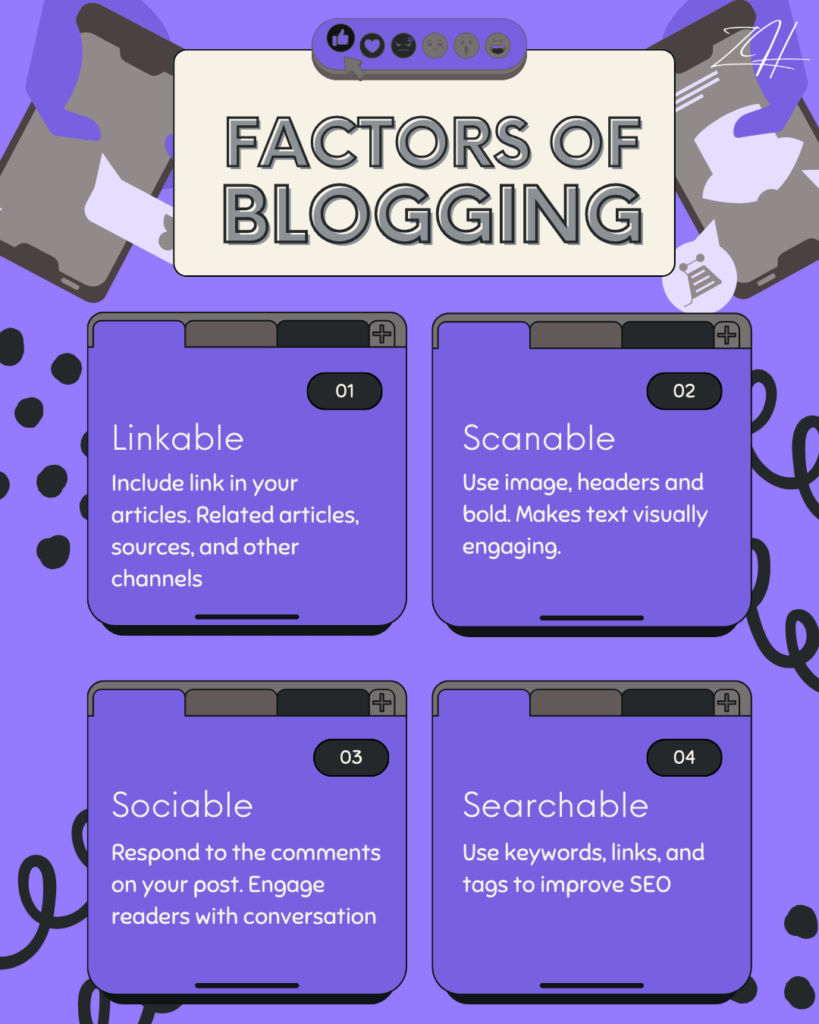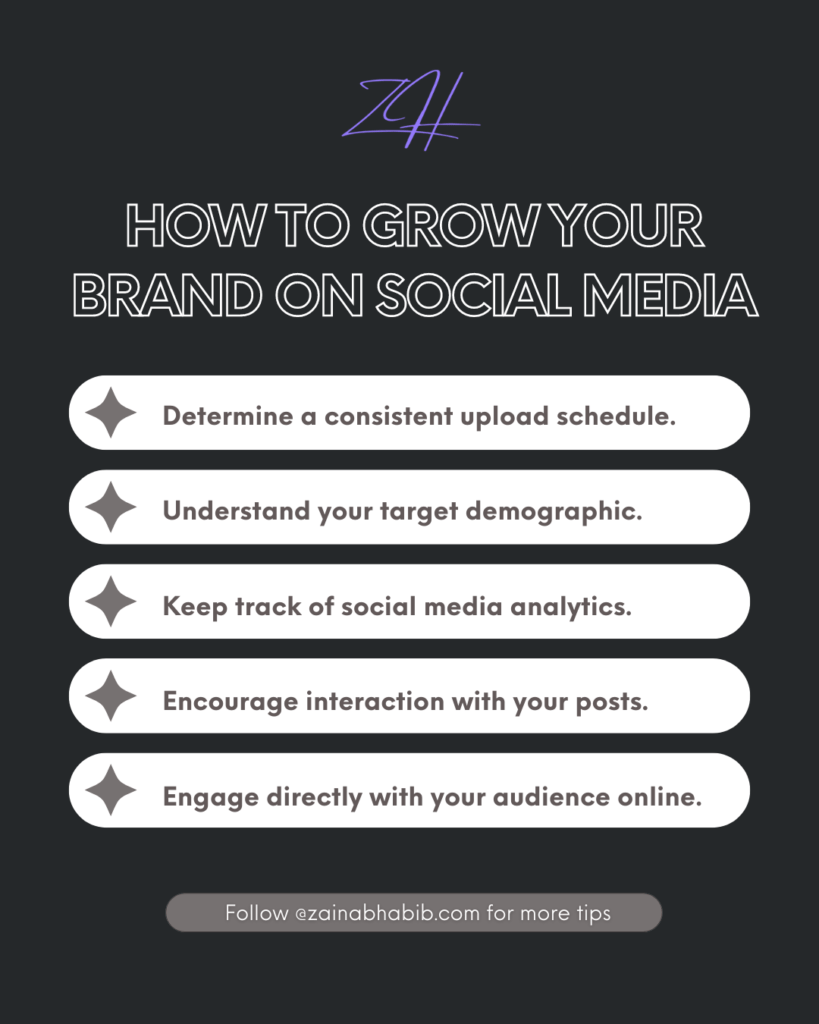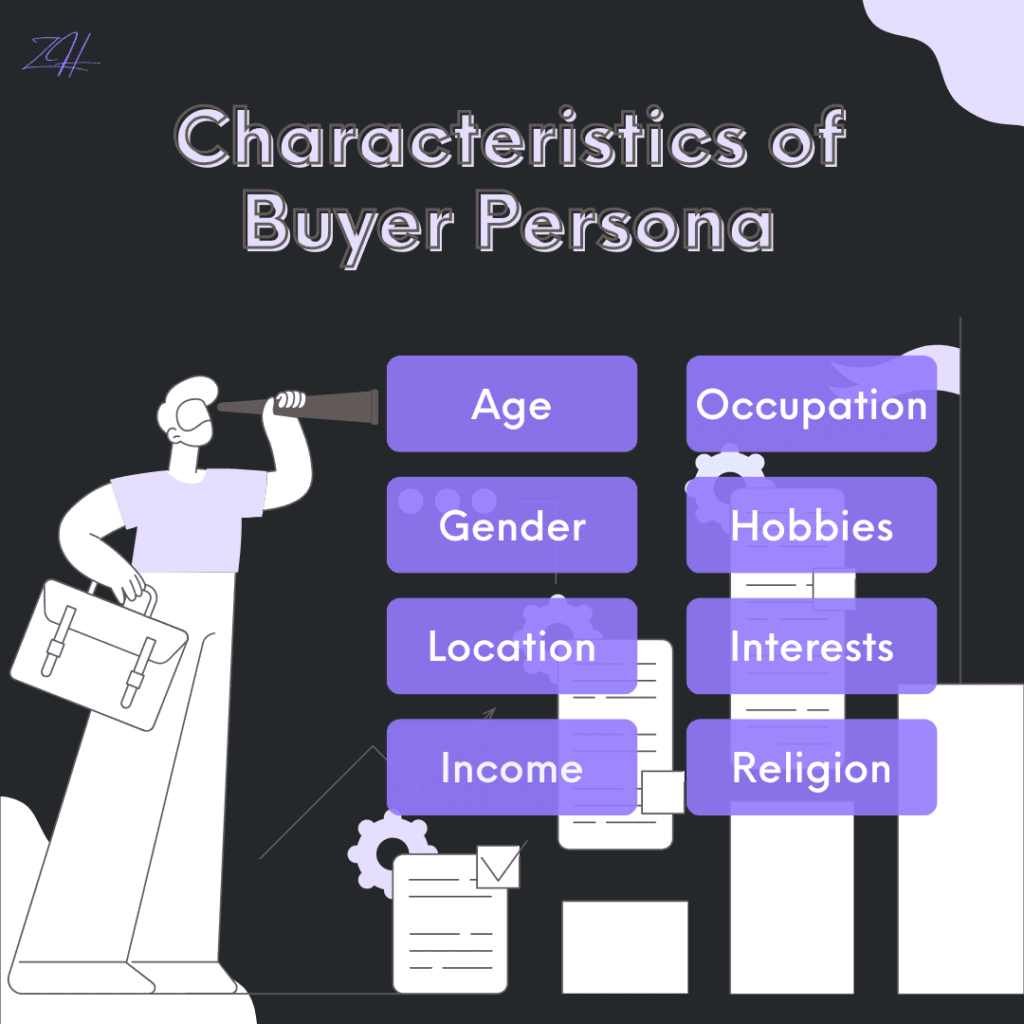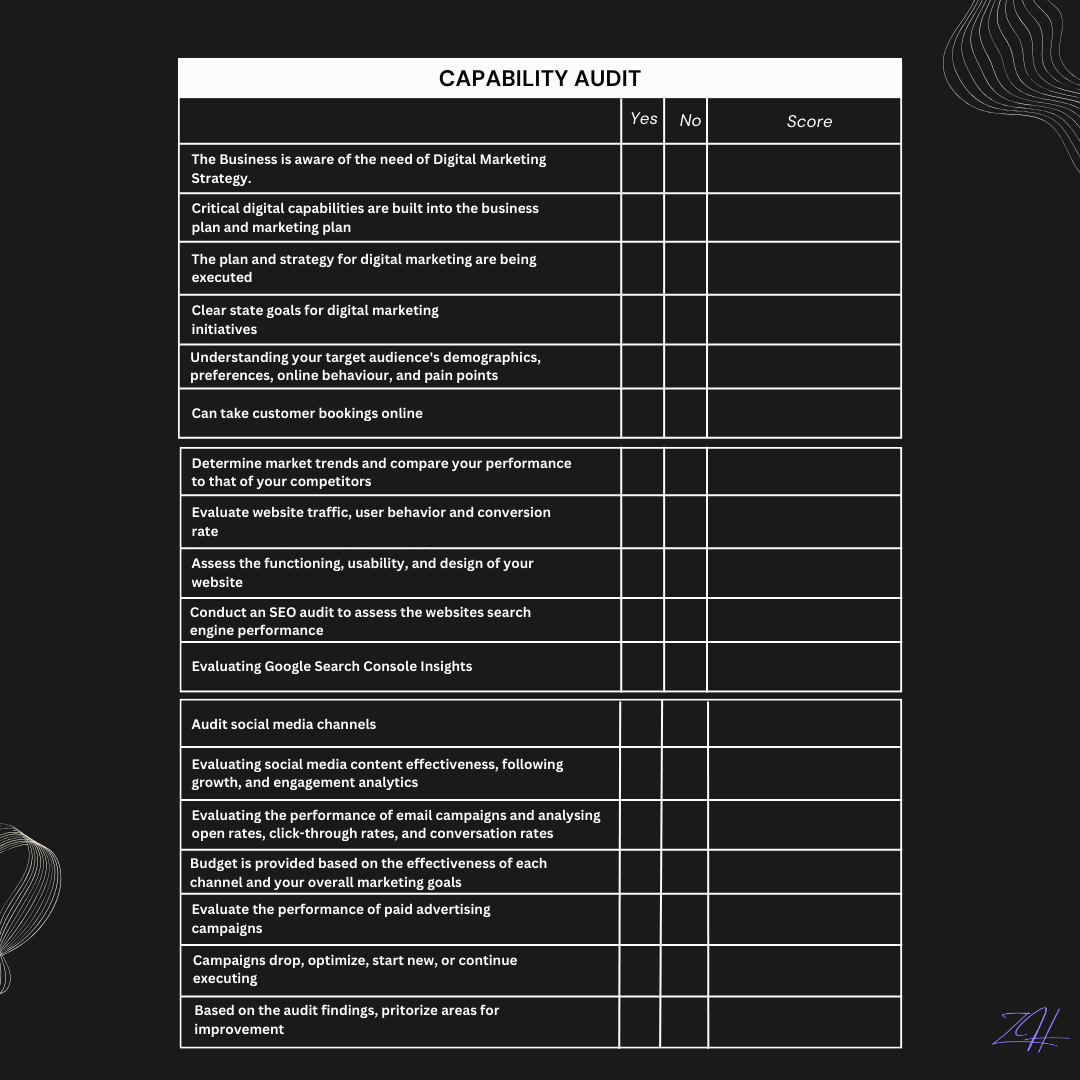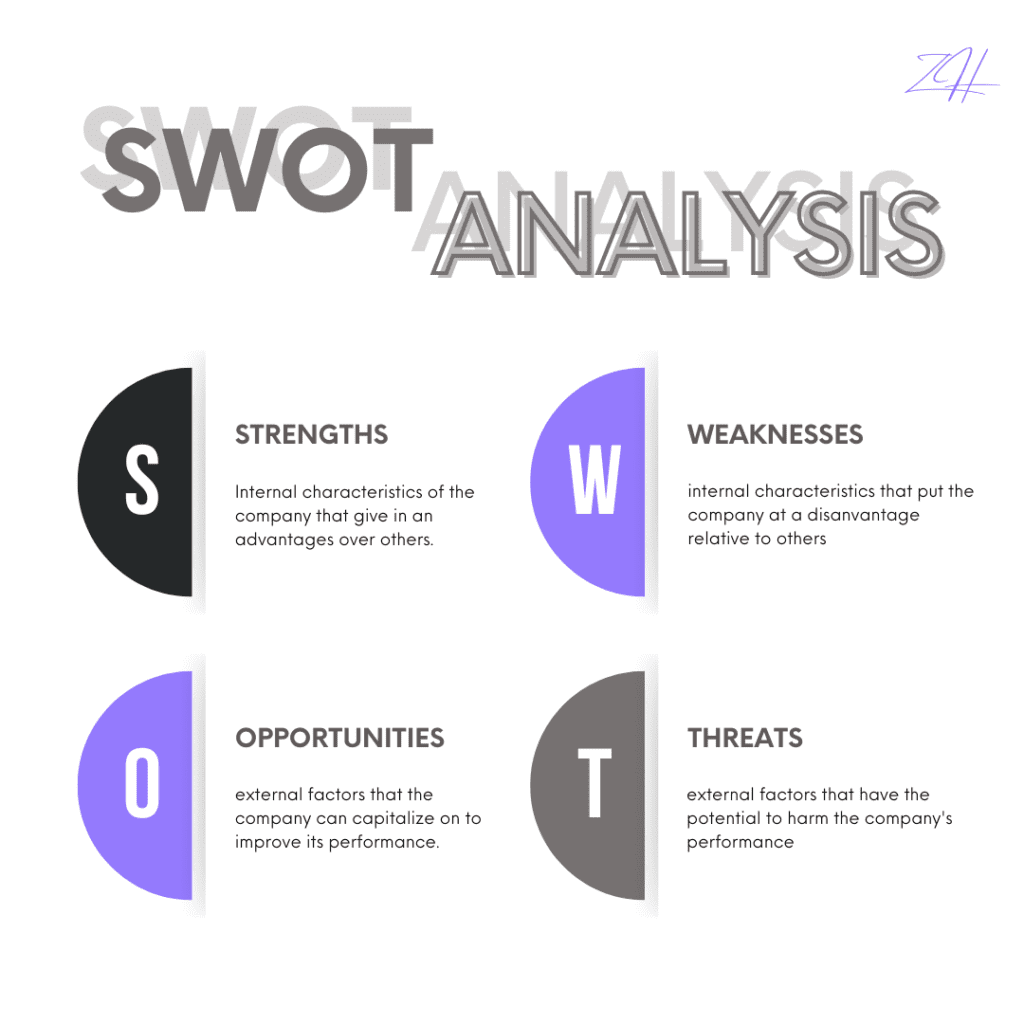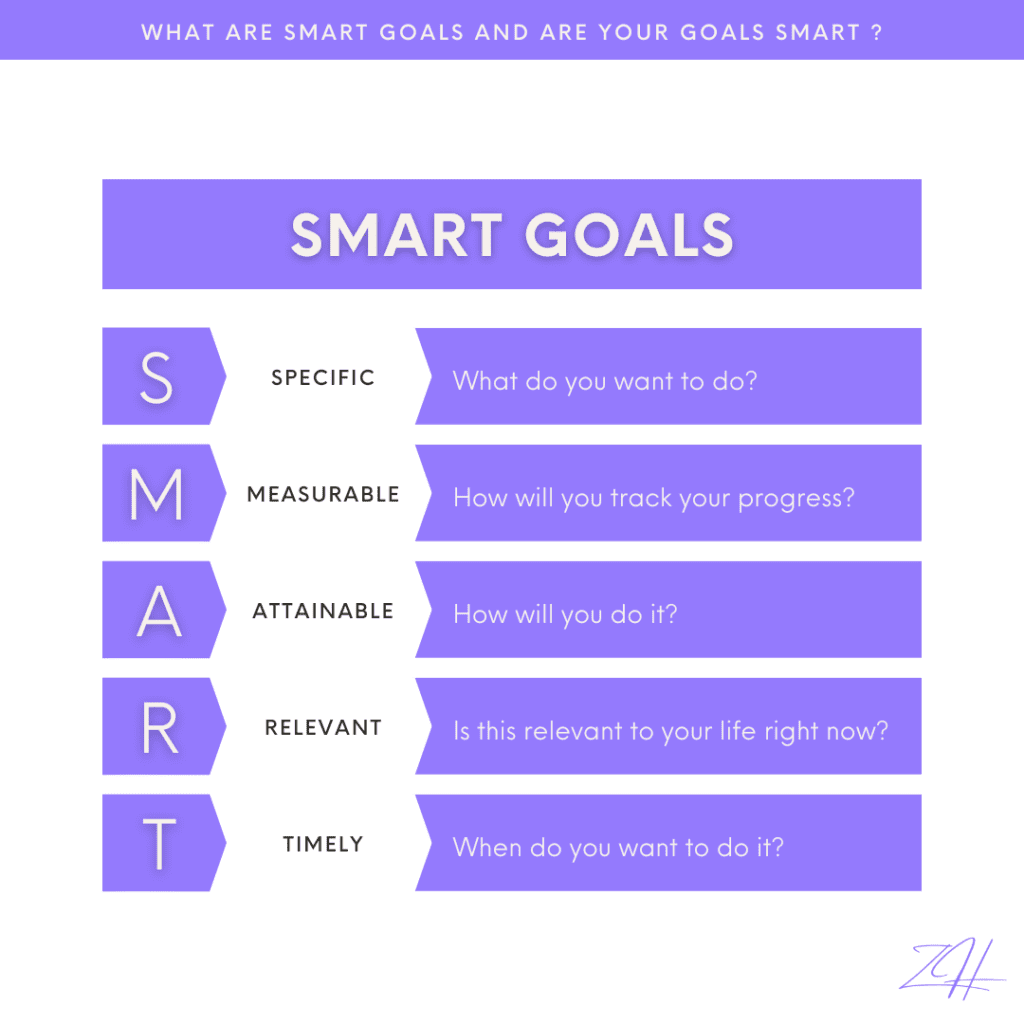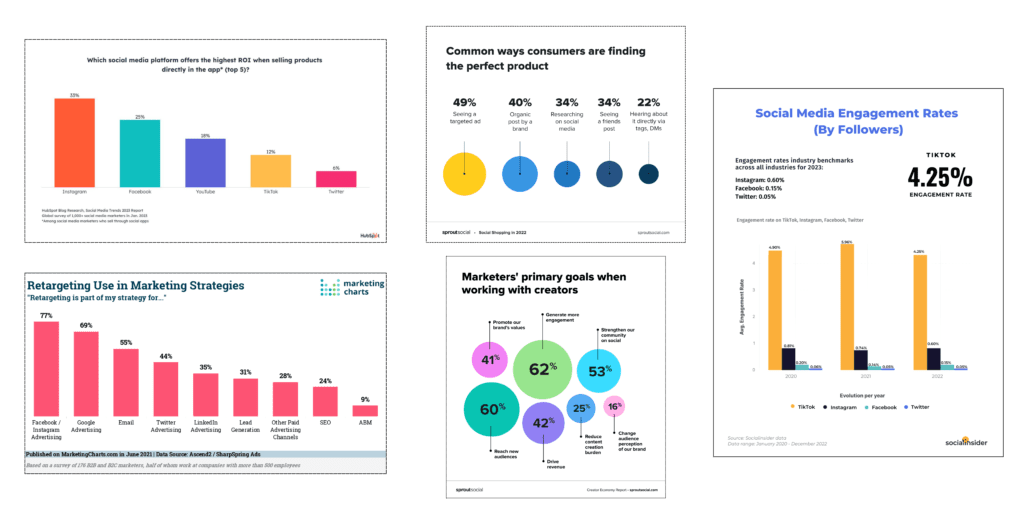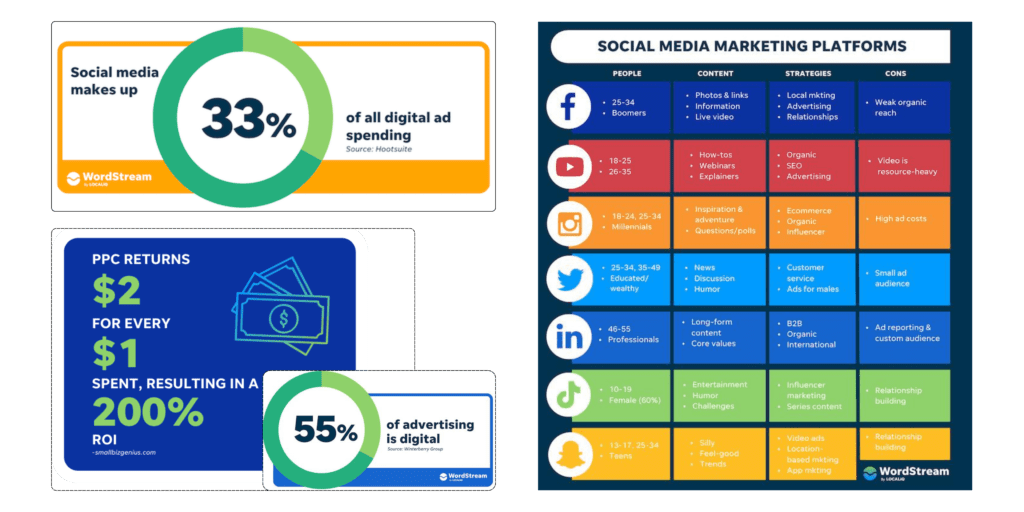
How to Increase Website Traffic?
Increasing website traffic involves implementing a range of strategies aimed at improving the visibility and relevance of your site in search engine results pages (SERPs). This article will delve into effective methods to boost website traffic organically, drive targeted visitors, and enhance overall online visibility.
Basic SEO For Website Traffic
What is SEO?
Search Engine Optimization, is the process of optimizing your website to improve its visibility on search engines like Google, Bing, and Yahoo. It involves various techniques to ensure that your site ranks higher in search engine results for relevant keywords and phrases.
Importance Of SEO For Website Traffic
SEO plays a crucial role in driving organic traffic to your website. By optimizing your site’s content and structure, you can attract more visitors who are actively searching for the products or services you offer.
On-Page SEO Strategies
On-page SEO focuses on optimizing individual web pages to rank higher and earn more relevant traffic. Key strategies include:
Keyword Research and Optimization
Identifying relevant keywords and strategically incorporating them into your website’s content, meta tags, and headings can improve its visibility in search results.
Content Quality And Relevance
Creating high-quality, informative, and engaging content that meets the needs of your target audience is essential for attracting and retaining visitors.
Optimizing Meta Tags and Descriptions
Crafting compelling meta titles and descriptions that accurately reflect the content of your pages can increase click-through rates and improve search engine rankings.
Off-Page SEO Strategies
Off-page SEO focuses on activities that take place outside of your website to improve its authority and credibility. Key techniques include:
Building High-Quality Backlinks
Earning links from reputable websites can boost your site’s authority and improve its ranking in search results.
Social Media Marketing
Engaging with your audience on social media platforms and sharing valuable content can drive traffic to your website and increase brand awareness.
Guest Blogging And Influencer Outreach
Engaging with your audience on social media platforms and sharing valuable content can drive traffic to your website and increase brand awareness.
Technical SEO
Off-page SEO focuses on activities that take place outside of your website to improve its authority and credibility. Key techniques include:
Mobile-Friendly Design
Ensuring that your website is optimized for mobile devices is essential, as mobile traffic continues to grow and search engines prioritize mobile-friendly sites.
Schema Markup Implementation
Implementing structured data markup can help search engines understand the content of your site better and enhance its visibility in rich snippets and other SERP features.
Leveraging Content Marketing For Website Traffic
Content marketing involves creating and distributing valuable, relevant content to attract and engage a specific audience. Key strategies include:
Creating Engaging And Shareable Content
Producing informative blog posts, articles, videos, and infographics that resonate with your target audience can drive traffic and increase brand visibility.
Utilizing Different Content Formats
Experimenting with different content formats can help you reach a broader audience and increase engagement on your website.
Harnessing the Power of Email Marketing
Email marketing remains one of the most effective ways to drive traffic and nurture relationships with your audience. Key strategies include:
Building An Email List
Encouraging website visitors to subscribe to your email list can provide a direct line of communication with your audience.
Sending Regular Newsletter And Updates
Sending personalized and relevant emails to your subscribers can drive traffic back to your website and encourage repeat visits.
Utilizing Paid Advertising For Website Traffic
Paid advertising allows you to reach a targeted audience quickly and drive traffic to your website. Key platforms include:
Google Ads
Running pay-per-click (PPC) campaigns on Google can help you target specific keywords and reach potential customers actively searching for your products or services.
Social Media Ads
Advertising on platforms like Facebook, Instagram, and LinkedIn can help you target specific demographics and interests to drive traffic to your website.
Analyzing and Refining Strategies
Measuring the effectiveness of your marketing efforts is crucial for optimizing performance and driving continuous improvement. Key steps include:
Using Analytics Tools
Analyzing website traffic, user behavior, and conversion data can provide valuable insights into your audience and help you make informed decisions.
A/B Testing And Experimentation
Testing different strategies, messaging, and content formats can help you identify what resonates most with your audience and optimize your marketing efforts accordingly.
Conclusion
Increasing website traffic requires a multifaceted approach that incorporates SEO, content marketing, email marketing, paid advertising, and analytics. By implementing a comprehensive strategy and continually refining your tactics, you can attract more visitors to your website, increase engagement, and achieve your business goals.




